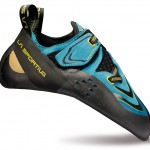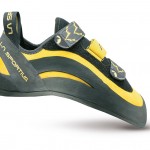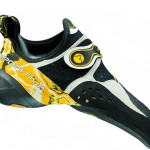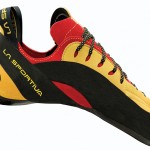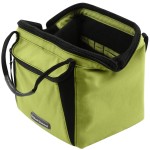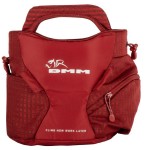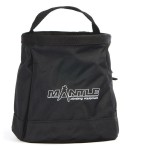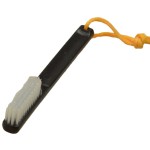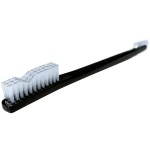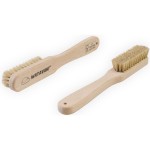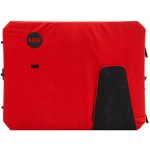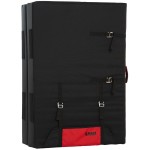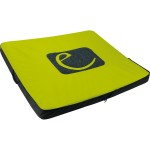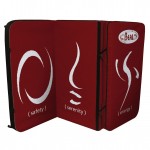equipment | Climbing ETIQUETTE – How to show you are NOT a douchebag
I sincerely wonder why I didn’t write about this before! Just this morning on a little training session in the bouldering gym I was reminded how “mainstream” climbing and particularly bouldering has become!
![Frankonia | Old Days [1996]](http://excitingclimbing.com/wp-content/uploads/2014/03/Frankonia_OldDays-Andere.jpg)
Frankonia | Old Days [1996]
- Always watch out for others, if you are in a route make sure your moves don’t impact someone left, right or below you. In a climbing gym do watch out if you are the belayer that you don’t drop your partner on someones head.
- Do not enter a route or a boulder where others are training, without their consent, especially in a bouldering gym, do NOT enter a boulder that crosses into a boulder that others are doing.
- Outside watch out where you step or what you grab. If you reach an area which might have dirt or pebbles on it, make sure you do not throw the stuff down or at least warn your partner/others befofe you do. Even a very small pebble can cause severe injuries.
- You do not assume that just because you climb harder you are a better person. Anyone who takes on climbing does a good thing, respect that!
- Don’t leave anything, and I mean ANYTHING at all, wherever you climb, that applies for indoor and outdoor climbing/bouldering. If you need to follow nature, go far and dig deep! Don’t be an ass, please!
This said, don’t take whatever you do too serious. Climbing should be about fun, nature and people and not purely grades. So enjoy what you are doing and show respect to your environment, nature and people!
